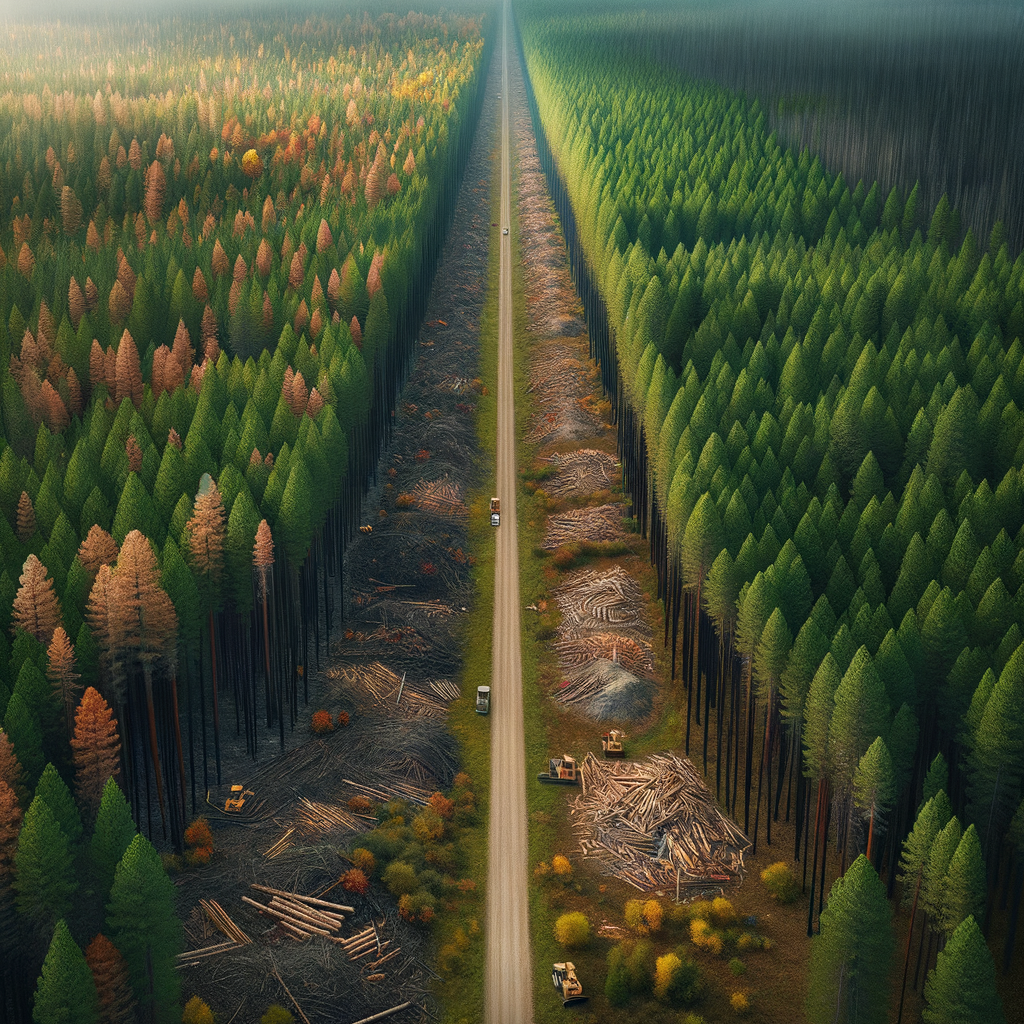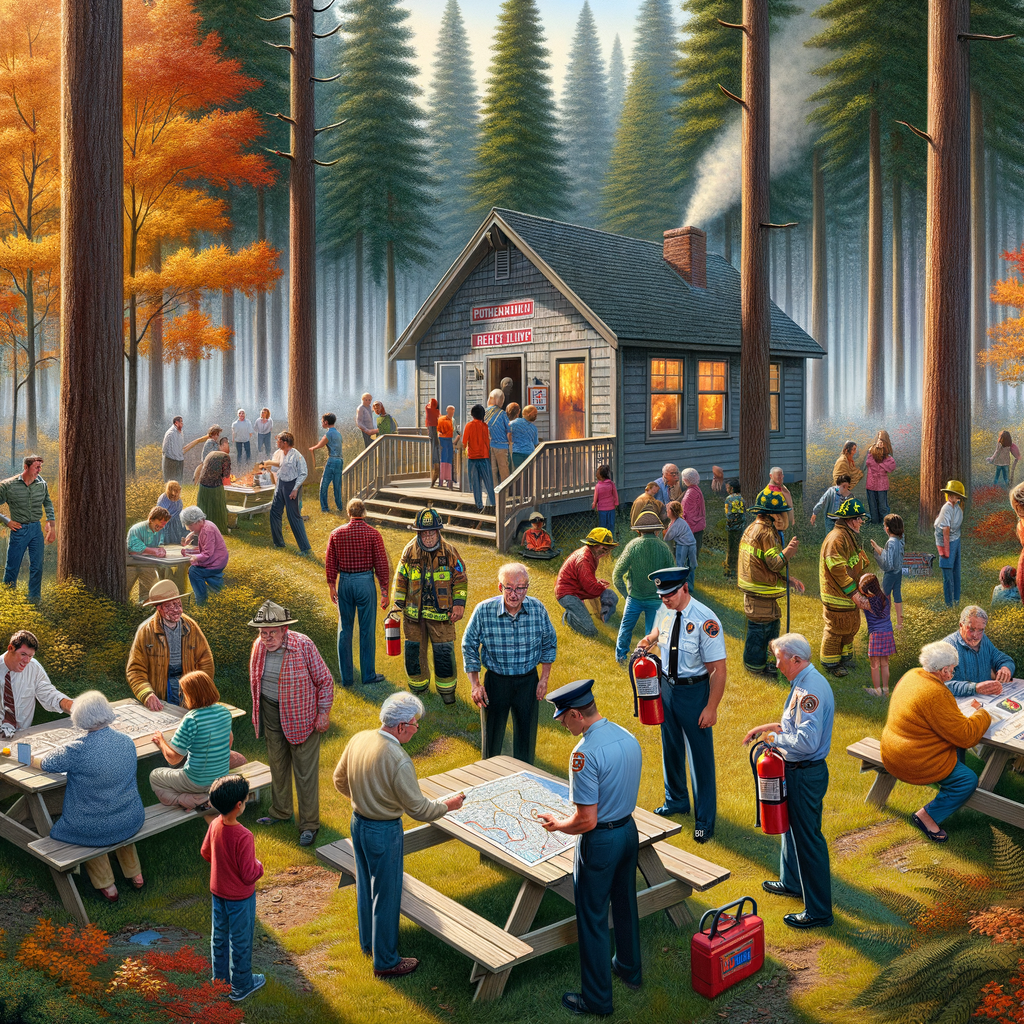Post-Fire Replanting Strategies Insights for November
Forests have always been close to my heart. The peacefulness beneath the trees, the fresh earthy scent after rain, the life buzzing quietly in leaves and soil—it all feels like a living sanctuary. But when wildfires strike, they leave behind charred landscapes that are heartbreaking to witness. As someone deeply committed to protecting these natural spaces, I’ve turned my focus to what happens after the flames die down—post-fire replanting. November is a vital time for this work, and I want to share the practical strategies I’ve learned to help forests rise again.
Why Post-Fire Replanting Matters
Forest fires are devastating, no doubt about it. Entire ecosystems can be wiped out. But in the chaos left behind, there is also an opportunity. Replanting after a fire is crucial to restore biodiversity, prevent soil erosion, and support wildlife that depends on the forest. Without intervention, some areas can take decades to recover naturally, while others might never fully heal.
I’ve seen firsthand how thoughtful replanting jumpstarts recovery. It’s not just about planting trees randomly. It requires careful planning, selecting the right species, and understanding the local environment. Done well, it can reverse damage and help forests regain their strength and beauty.
Timing Is Everything
November presents a perfect window for replanting in many regions. The ground is cool and moist from autumn rains. This natural moisture gives young plants the best chance to establish roots before facing harsher weather. Waiting too long risks missing this vital period, leading to poor survival rates.
I always emphasize to fellow conservationists and volunteers that planting too early or too late can undermine the entire effort. It’s about working with nature’s rhythm, not against it.
Effective Post-Fire Replanting Techniques
1. Selecting Native Species
Choosing native plants is a top priority. Indigenous trees and shrubs are adapted to local soil and climate and provide familiar habitat for wildlife. These species tend to grow stronger and resist diseases better than non-native ones. For example, in many North American forests, species like Ponderosa Pine and Douglas Fir are excellent candidates for reforestation after fires.
2. Using Containerized Seedlings
I have found containerized seedlings incredibly effective. They come with established root systems in a controlled medium, which improves survival chances. Transplanting these young plants is less stressful for them, especially in rough post-fire soils where nutrients can be scarce.
3. Soil Restoration
Before planting, restoring the soil is critical. Fires often burn the topsoil layer, stripping organic material and leaving surfaces vulnerable to erosion. Adding mulch or organic matter helps retain moisture and rebuild soil fertility. I have also worked with teams that apply natural fertilizers to encourage healthy growth. This step ensures newly planted trees have a better shot at thriving.
4. Monitoring and Maintenance
Replanting does not end with putting plants in the ground. Regular monitoring is essential. I always check for signs of pests, disease, or drought stress. Sometimes, supplemental watering during dry spells can be the difference between success and failure. Additionally, protecting young plants from grazing animals like deer or rodents often requires installing temporary barriers.
Community Involvement and Education
Replanting efforts succeed best when the community is involved. I have found organizing volunteer planting days brings people together and fosters a sense of ownership. Educating locals on how to care for new growth and respect recovering areas builds long-term support.
Sharing success stories also lifts spirits. Witnessing a once-burned clearing transform into a thriving young forest reminds us why this work matters.
Final Thoughts: Nourishing New Life Amidst the Ashes
Facing the aftermath of a forest fire can be overwhelming. Yet, my experience shows that with patience, strategy, and care, burned lands can blossom anew. November’s conditions offer a prime chance to help forests bounce back—if we seize it.
If you have chances to contribute to replanting efforts, I urge you to participate. Every seedling planted is a step toward healing our planet’s lungs. And as these young forests grow, they stand as living proof of resilience, hope, and the power of nature—and people—working together.
Feel free to share your own experiences or tips for post-fire replanting in the comments below. After all, the best outcomes come when we learn from each other.



